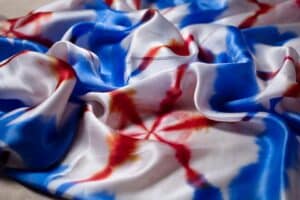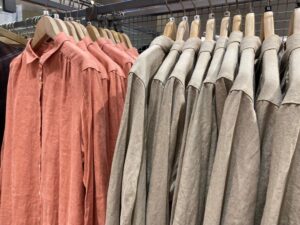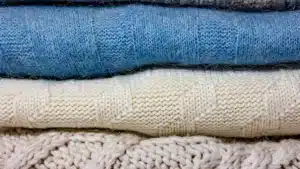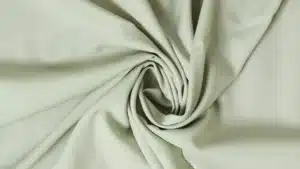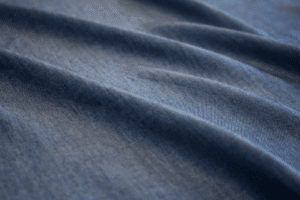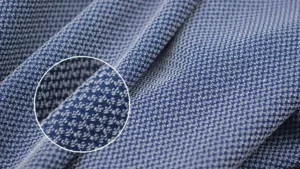When it comes to textiles, the terms "denier" and "dtex" are often used to describe the density and thickness of fibers and fabrics.
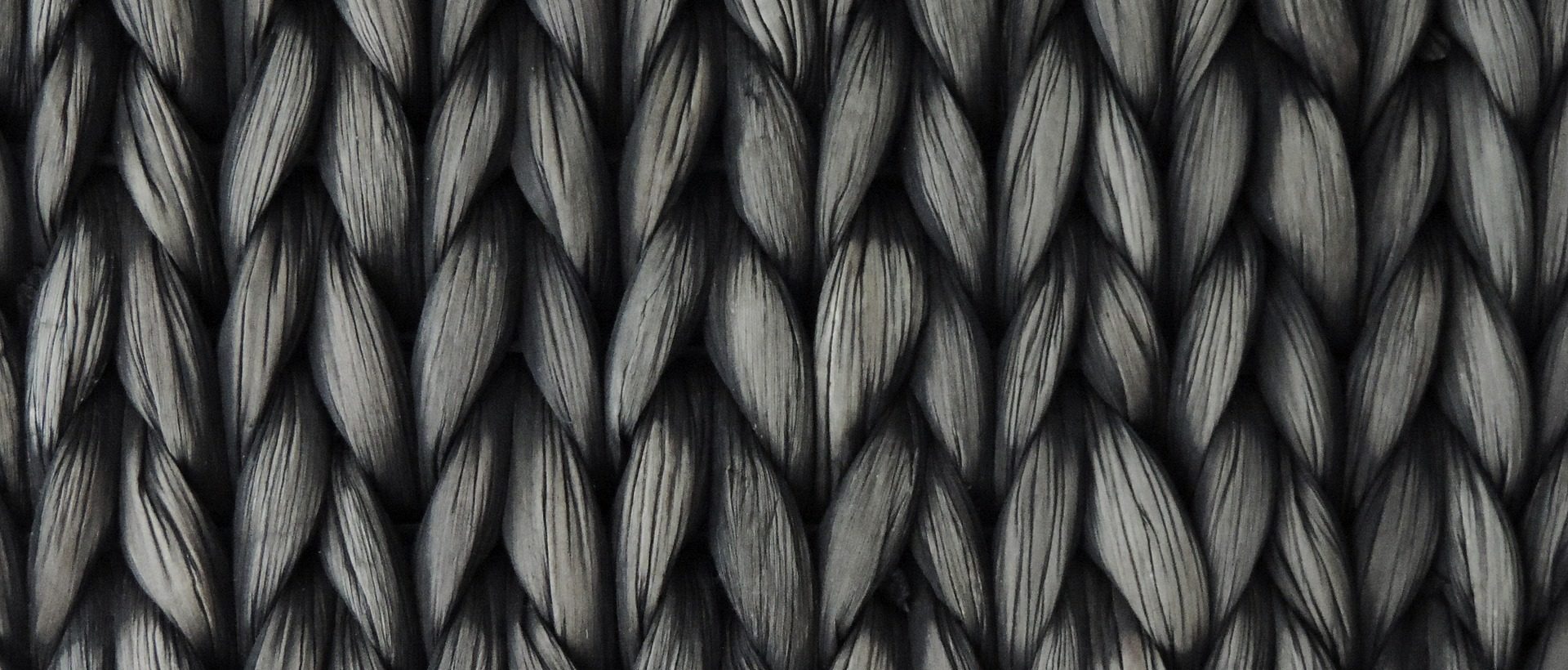
Denier and dtex are measurements used to describe the thickness or density of fibers in a fabric. They help determine the fabric's strength, weight, and durability.
These measurements are crucial for understanding the quality, durability, and performance of various textiles, from everyday clothing to specialized industrial materials.
Let’s break down what denier and dtex mean and how they impact fabric performance.
1. What is fabric density?
Fabric density refers to the mass of fibers per unit length, which directly impacts the thickness, strength, and texture of a fabric. Two of the most common units used to measure fabric density are denier (D) and decitex (dtex). Both are used to describe the linear mass density of fibers, but they are calculated slightly differently.
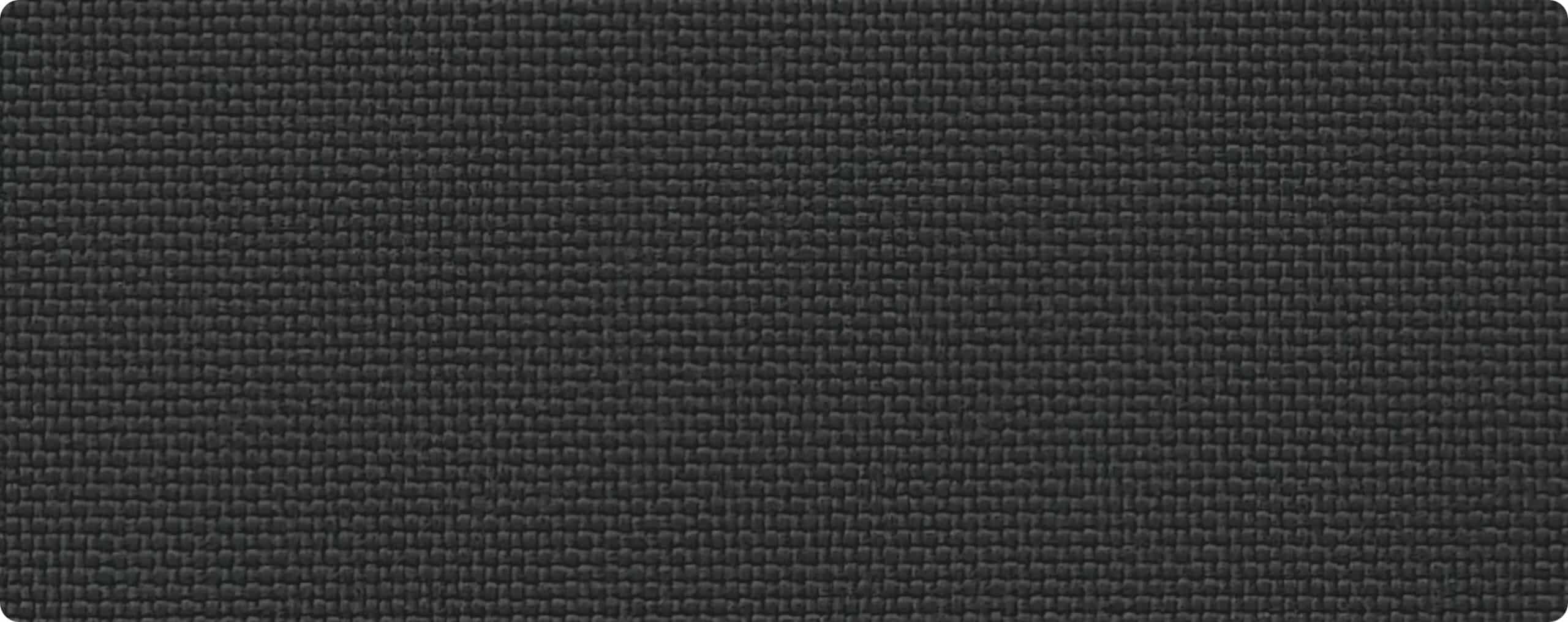
2. What is Denier, and how is it calculated?
Denier (abbreviated as "D") is a widely used unit to measure fiber thickness, primarily in the textile industry. It’s especially common for describing synthetic fabrics like nylon, rayon and polyester.
Denier is defined as the weight in grams of 9,000 meters of a fiber. For example, if 9,000 meters of a fiber weighs 1 gram, it is classified as 1 denier. A higher denier indicates a thicker, more durable fiber, while a lower denier means the fiber is finer and more lightweight.
Denier in Practice
| Denier Value | Characteristics | Examples |
|---|---|---|
| 10-30D | Extremely fine, lightweight | Silk-like fabrics, sheer tights |
| 40-80D | Light to medium thickness | Standard activewear, lightweight jackets |
| 100-600D | Durable, stronger fibers | Backpacks, outdoor apparel |
| 1000D and above | Heavy-duty, ultra-durable | Military gear, heavy-duty luggage |
For instance, a 500D fabric will be tougher and more resistant to wear than a 100D fabric, making it ideal for heavy-use applications.
3. What is Dtex, and how is it different from Denier?
Dtex, short for decitex, is another unit used to measure fiber density, often preferred in Europe and some industrial applications.
Dtex is defined as the weight in grams of 10,000 meters of a fiber. Like denier, a higher dtex value represents a thicker, stronger fiber. The key difference is that dtex uses a 10,000-meter reference length, while denier uses 9,000 meters. This means that 1 dtex equals 0.9 denier.
4. Conversion between Denier(D) and Decitex(Dtex)
- 100D = 111.1 Dtex
- 100 Dtex = 90D
Both units describe fiber thickness, but understanding denier and dtex is helpful when dealing with international or specialized fabric standards.
5. Why are Denier and Dtex important in fabric selection?
The choice of fabric density impacts durability, weight, flexibility, and overall performance. Depending on the application, selecting the right denier or dtex ensures the material meets your needs.
Understanding Denier and Dtex is essential for several reasons:
5.1 Fabric Performance:
- Thicker fibers (higher denier/dtex) are stronger and more resistant to wear and tear, making them ideal for heavy-duty applications.
- Thinner fibers (lower denier/dtex) are softer and more lightweight, perfect for delicate garments or breathable fabrics.
5.2 Product Selection:
- Knowing the denier or dtex of a fabric helps consumers choose the right product for their needs. For example, a high-denier fabric is better suited for a rugged backpack, while a low-denier fabric is ideal for a lightweight summer dress.
5.3 Manufacturing Consistency:
- Manufacturers rely on these measurements to ensure consistency in fiber production, which is critical for maintaining quality across batches.
6. Applications by Fabric Density
6.1 Low Denier/Dtex
- Use: Lightweight clothing, curtains, or fine hosiery.
- Features: Soft, delicate, and breathable.
6.2 Medium Denier/Dtex
- Use: Everyday apparel, tents, and backpacks.
- Features: Durable yet flexible.
6.3 High Denier/Dtex
- Use: Military uniforms, tarps, and industrial equipment covers.
- Features: Extremely tough, tear-resistant, and weatherproof.
Choosing the right density ensures functionality and longevity for specific uses.
7. Conclusion
Understanding fabric density through denier and dtex is essential for selecting the right materials. Denier focuses on the weight of 9,000 meters of fiber, while dtex uses a 10,000-meter reference. Both measurements influence the durability, weight, and application of textiles. Whether you're designing lightweight clothing or heavy-duty gear, knowing these terms helps you make informed choices that align with your needs.















